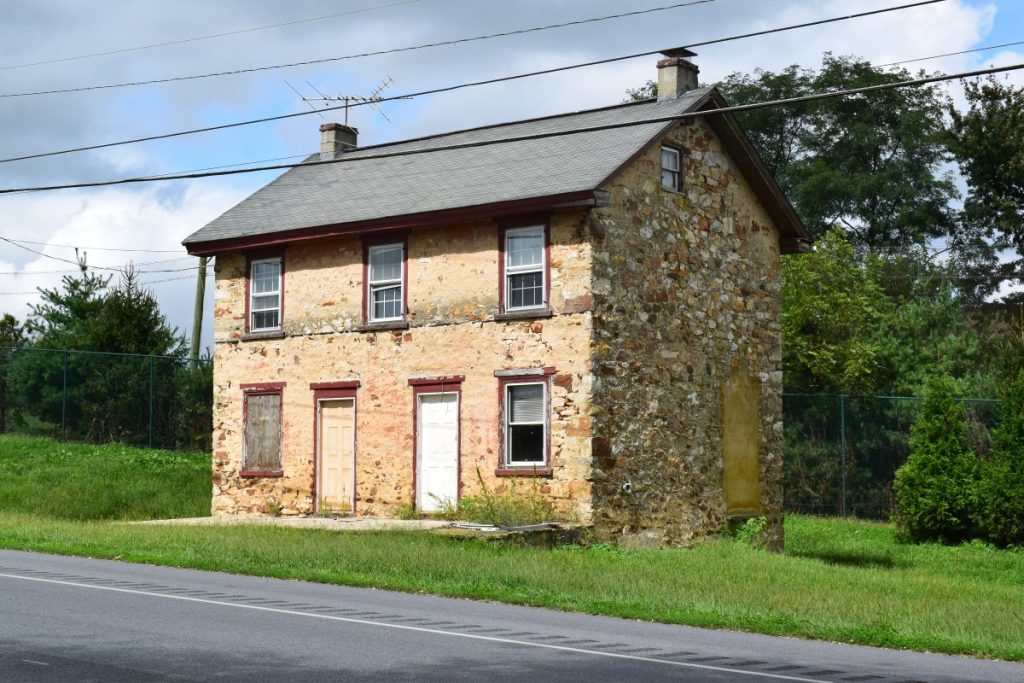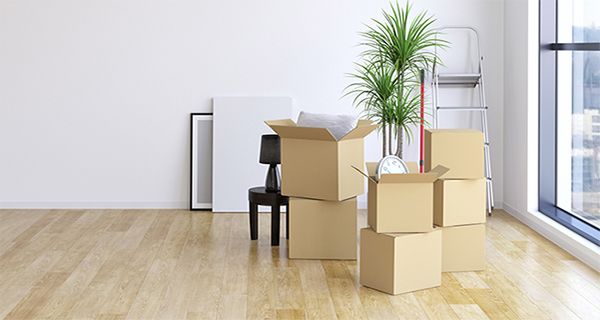Vacant Homeowners Insurance: Protecting Your Unoccupied Property
Rate this post
When you own a property that is unoccupied for an extended period, whether it’s due to renovations, a job relocation, or a seasonal vacation home, it’s important to understand the risks involved and the need for vacant homeowners insurance. Vacant homeowners insurance provides essential coverage specifically designed to protect unoccupied properties. In this article, Aboutro will delve into the details of vacant homeowners insurance, explaining its importance and the specific coverage it offers to safeguard your vacant property.
Vacant Homeowners Insurance: Protecting Your Unoccupied Property

- Understanding Vacant Property Risks:
a. Increased Vulnerability: Unoccupied properties are more susceptible to various risks, including vandalism, theft, fire, water damage, and unauthorized entry. The absence of regular occupancy and routine maintenance increases the chances of these risks occurring.
b. Neglected Maintenance: Without regular occupancy, issues such as plumbing leaks, faulty electrical systems, or structural damage can go unnoticed and worsen over time. Vacant homeowners insurance helps mitigate the financial consequences of such damage. - What is Vacant Homeowners Insurance?
a. Tailored Coverage: Vacant homeowners insurance is a specialized insurance policy designed to cover the unique risks associated with unoccupied properties. It provides coverage for specific perils and liabilities that standard homeowners insurance may not address.
b. Property Protection: Vacant homeowners insurance typically covers damage caused by perils like fire, vandalism, theft, windstorms, and certain natural disasters. It helps protect the structure of your vacant property.
c. Liability Coverage: In addition to property protection, vacant homeowners insurance may also include liability coverage. This coverage protects you in case someone is injured on your property, even if it is unoccupied. - Coverage Options:
a. Property Damage: Vacant homeowners insurance covers structural damage to your property caused by covered perils. This includes repairs or rebuilding costs for damages resulting from fire, vandalism, windstorms, or other covered events.
b. Personal Property: Depending on the policy, vacant homeowners insurance may provide limited coverage for personal belongings left inside the vacant property, such as furniture or appliances.
c. Liability Protection: Liability coverage protects you if someone is injured on your property and holds you responsible. It covers medical expenses, legal fees, and potential settlements or judgments.
d. Additional Coverage: Some insurers may offer optional coverage enhancements, such as coverage for water damage, mold remediation, or loss of rental income if you were intending to rent out the property.
- Factors Affecting Vacant Homeowners Insurance Premiums:
a. Location: The location of your vacant property plays a significant role in determining insurance premiums. Factors like crime rates, weather risks, and proximity to emergency services can impact the cost of coverage.
b. Property Condition: The condition of your vacant property, including its age, construction materials, and existing security measures, may influence insurance premiums.
c. Coverage Limits: The amount of coverage you choose for your vacant property will affect the cost of insurance. Higher coverage limits will typically result in higher premiums.
d. Duration of Vacancy: The length of time your property will remain vacant is a crucial factor. Longer vacancies generally lead to higher insurance premiums due to increased risks. - Steps to Secure Vacant Properties:
a. Property Inspections: Conduct regular inspections of your vacant property to identify any potential hazards or maintenance issues. Addressing problems promptly can help mitigate risks and maintain a safe environment.
b. Security Measures: Implement security measures such as installing security systems, motion sensor lights, and sturdy locks on doors and windows. These measures can deter potential burglars and reduce the risk of vandalism.
c. Property Maintenance: Continue to maintain your vacant property by performing routine tasks like lawn care, snow removal, and addressing any visible signs of neglect. A well-maintained property appears less inviting to potential intruders.
d. Notify Neighbors and Authorities: Inform trusted neighbors of the property’s vacancy and provide them with contact information in case of emergencies. Notify local authorities, such as the police or fire department, about the property’s unoccupied status. - Finding the Right Vacant Homeowners Insurance Policy:
a. Research and Compare: Research multiple insurance providers specializing in vacant homeowners insurance. Compare coverage options, premiums, deductibles, and customer reviews to find a policy that suits your needs.
b. Consult with an Insurance Agent: Seek guidance from an experienced insurance agent who can assess your unique situation and recommend appropriate coverage options. They can help you understand policy details and answer any questions you may have.
c. Review Policy Exclusions: Carefully review the policy exclusions to understand what perils or circumstances may not be covered. Be aware of any limitations or restrictions that may affect your specific property or situation.
d. Bundling Options: If you have other insurance policies, such as auto or umbrella insurance, inquire about potential discounts or bundling options when obtaining vacant homeowners insurance.

- Maintaining Communication with the Insurer:
a. Updates on Vacancy Duration: Keep your insurance provider informed about any changes in the duration of the property’s vacancyb. Property Changes: Notify your insurer of any significant changes to the property, such as renovations or additions, as it may impact coverage or premiums.
c. Policy Renewals: Stay proactive about renewing your vacant homeowners insurance policy to ensure continuous coverage. Review your policy periodically to make any necessary adjustments based on changes in your circumstances. - Conclusion:
Protecting your vacant property is crucial, and vacant homeowners insurance provides the necessary coverage to mitigate risks and safeguard your investment. By understanding the risks associated with unoccupied properties and exploring vacant homeowners insurance options, you can ensure that your property is protected from perils such as fire, vandalism, and theft. Take the necessary steps to secure your vacant property, maintain regular communication with your insurer, and consult with insurance professionals to find a policy that meets your specific needs. With vacant homeowners insurance in place, you can have peace of mind knowing that your unoccupied property is adequately protected.
